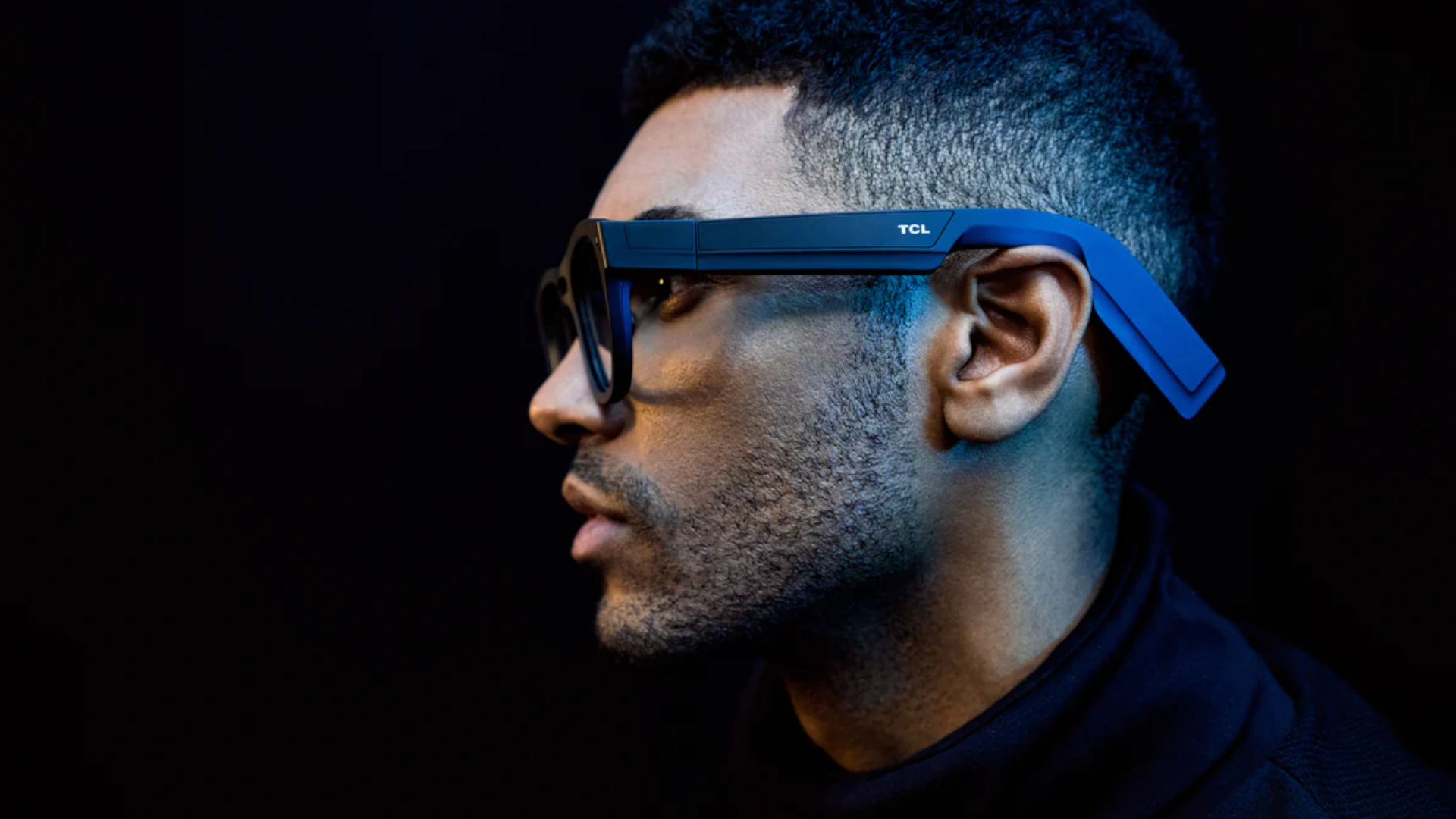TCL's RayNeo X2 Lite AR Glasses are a blend of Ray Ban Meta Smart Glasses and Apple's Vision Pro
The ultimate smart glasses?

TCL's RayNeo X2 Lite AR smart glasses are pushing hard for this new wave of tech to be taken seriously — and they might just be succeeding.
Announced at CES 2024, the TCL RayNeo X2 Lite AR Glasses have a lot to flaunt and TCL is cramming in so many of the best smart glasses features available that it could find itself as a breakthrough device, forcing devices of its ilk into the mainstream spotlight.
So what makes these smart glasses so special when compared to other efforts we've seen so far? Let's dive in and find out.

CES 2024: TCL RayNeo X2 Lite AR Glasses
The TCL RayNeo X2 Lite is the world's first binocular, full-color, MicroLED optical waveguide AR glasses. But you might not be entirely familiar with what that actually means.
In short, the RayNeo X2 Lite's MicroLED displays privide high-resolution images to the glasses' lenses with high-brightness, sharp quality, and lower power consumption. We've seen Micro OLED used in similar devices, but the MicroLED option allows for a bright and crisp visual layer to be placed over your real-world view and remain easy to see in all lighting conditions.
The images in question are provided to the lenses by two full-color AR projections emitted via the sides of the frames and can produce a per-eye, high-resolution, 3D image with a peak brightness of up to 1,500 nits.

While most smart glasses with these types of AR displays rely on a smartphone, laptop, or proprietary "puck" to do the background work on their behalf, the RayNeo X2 Lite is outfitted with a Qualcomm Snapdragon XR2 Gen 1 chipset — an earlier version of the chip that currently powers the Meta Quest 3, and the very same chip found inside the Ray Ban Meta smart glasses.
Sign up to receive The Snapshot, a free special dispatch from Laptop Mag, in your inbox.
That's quite a serviceable amount of power contained within the X2 Lite's frames, and, when paired with 6GB of RAM, 128GB of storage, mics, open-ear speakers, compass, accelerometer, gyroscope, and a 12MP camera, it's all put to great use with AR overlays, first-person photography, music playback, and immersive entertainment.

One of the most impressive features of the X2 Lite is its smart navigation, which creates a 3D head-up display overlay of nearby landmarks and locations. This allows wearers to navigate in real-time without having to look at their phone or smartwatch. Keeping their head up at all times and and in the moment as they navigate unfamiliar locations.
The smart glasses are also capable of translating signs and overlaying the translation in the language of your choice. Better still, they can even translate audio — and, with the use of the X2 Lite's camera for face-tracking, that translation can be displayed next to a speaker's head as subtitles. That's right, we can now subtitle real life.

The X2 Lite smart glasses will also feature on board AI with the brands own Large Language Model (LLM) represented by a 3D avatar you can envision through the lenses. You can interact with this avatar just as you would any other AI assistant, and receive your replies on screen in text or read aloud in audio form through the device's temple-speakers.
Outlook, price, and availability
The incredible scope of X2 Lite features is beyond impressive. What TCL has seemingly accomplished can be seen as a greatest-hits compilation of everything we've seen other smart glasses pull off independently in a true wireless and lightweight package.
However, there's still some way to go before the product is ready for wider launch with TCL expecting the RayNeo X2 Lite to be available in Q3 2024. At present there is no word on to be found when it comes to launch price, but stick with us for further details as they emerge.

Rael Hornby, potentially influenced by far too many LucasArts titles at an early age, once thought he’d grow up to be a mighty pirate. However, after several interventions with close friends and family members, you’re now much more likely to see his name attached to the bylines of tech articles. While not maintaining a double life as an aspiring writer by day and indie game dev by night, you’ll find him sat in a corner somewhere muttering to himself about microtransactions or hunting down promising indie games on Twitter.
